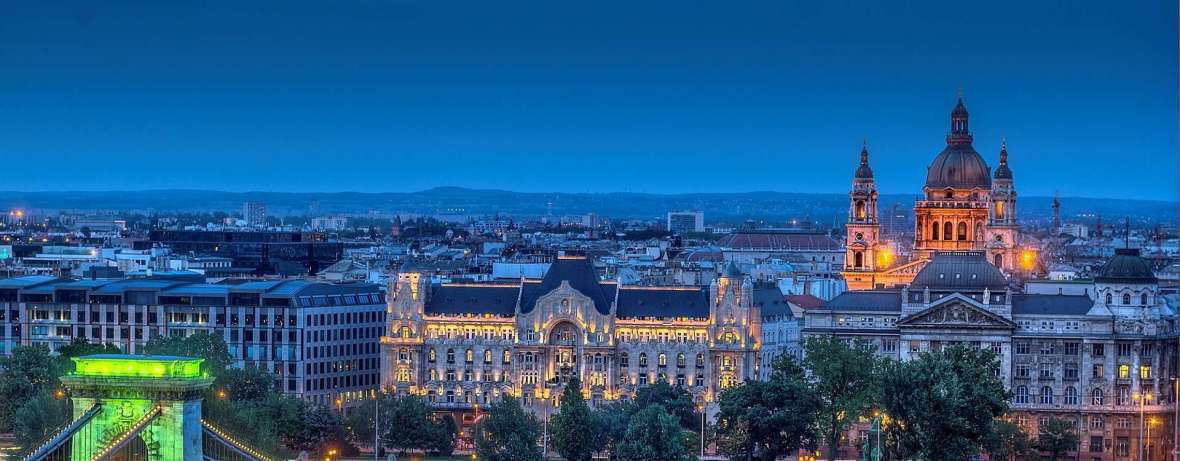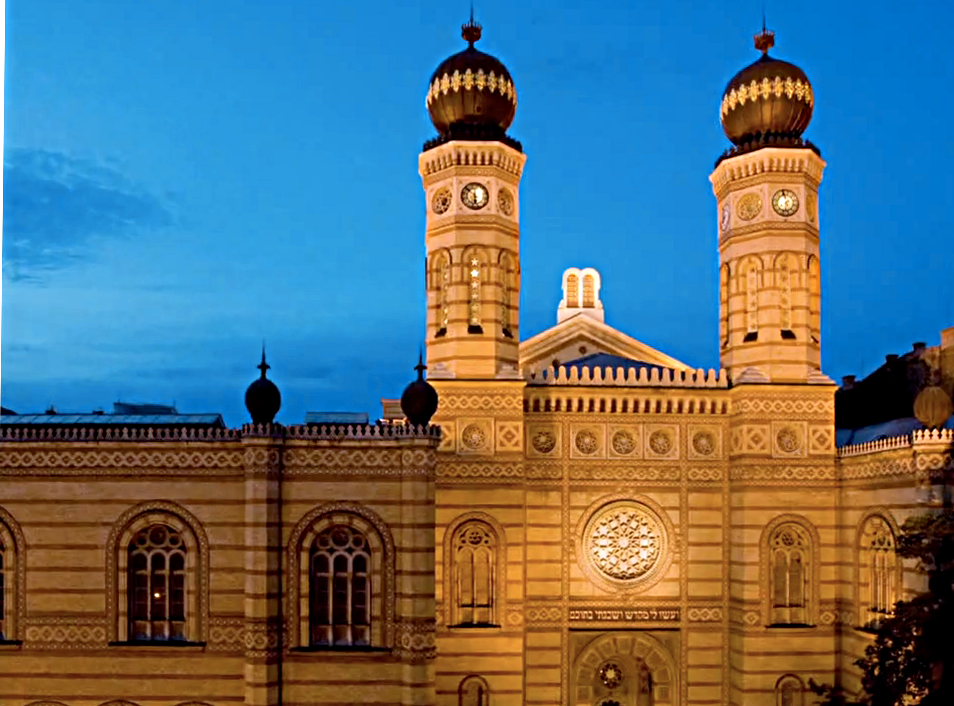World Heritage Tours
The World Heritage Tours comprise all, or only a part of the natural and cultural heritage sites of Hungary being on the UNESCO World Heritage list, including:
- Pannonhalma, the 1000 year old Benedictine Monastery with its invaluable 300 000 volume library
- the early Christian necropolis near the cathedral of Pécs dating from the years AD 350,
- the village of Hollókő, home of the Palócz ethnic group which restored its original appearance and the architecture, and revived the richly embroidered costumes of the local women.
- The Karstic Cave of Aggtelek surprises with an exceptional underground world, showing a variety and profusion of stalactites and stalagmites.
- the Puszta of Hortobágy and Hortobágy National Park, boundless and green. In the old days the glorious steppe resounded to the pounding hooves of countless horses and cattle while Racka sheep grazed under the surveillance of Puli dogs. The occurrence of mirages during the hot, dry Hortobágy summers is rare but real. Equestrian shows, splendid teams in harness bring back the living horsemanship traditions.
- The Tokaj Wine Region also merited the world heritage status due to its ancient viticulture the beginning of which goes back to the Romans. The wines derive their character from the special soil, the prolonged sunlight and delayed harvest as well as the wine-making techniques developed here.
- Fertő Lake/ Neusiedlersee area with an exceptionally diverse flora and fauna, including the continental salt waters that can be found only in Eastern Europe and the Carpathian Basin.
- Last but not least, both Buda and Pest are proud of having two world heritage sites: the medieval Castle District of Buda with the River Danube panorama and the elegant Andrassy Avenue constructed in honor of the millennium, lined with splendid mansions and alleys, dotted with elaborately designed squares, buildings.

Architectural Heritage Tours
Beyond the vestiges of the former Roman province and the few Gothic edifices of the middle Ages, the Turkish baths and mosques testify the Ottoman conquest. Most prevalent is, however the Historicism or better Eclecticism which is a mix of the Renaissance and Baroque, resp. The Classicist architectures featuring the period of the 19th-early 20th centuries include the Opera House, St. Stephen’s Basilica, the Parliament, or the exotic Synagogue in Dohány Street. The fine bridges spanning over the River Danube. still define the face, mood and character of nowadays Budapest.
Subsequently, with the new generation of talented architects the need arose to create an authentic Hungarian architecture which matched the European Art Nouveau movement. Our commented tours walk in and around the finest buildings of this period: the Museum of Applied Arts, the Gresham Palace, the Postal Saving Bank, the Sipeki Villa, the Wekerle Colony, the Zoo and many more.

Jewish Heritage Tours
Sightseeing revolves around the Seventh District, with the Dohány Street Synagogue, the largest remaining in use in all Europe. Dohány, Wesselényi, Kazinczy, Rumbach Sebestyén Streets all hide either synagogues or ornamentations of old archways, columns and doorways. A few kosher restaurants and food stores are already available in the 7th District. A little farther, along the River Danube a statue commemorates the horror when hundreds of Jews were shot and thrown into the river in 1944-45.
In the country restored synagogues (Szeged, Mád, etc) , communities, cemeteries are to be visited by those who search their roots not only in Hungary but in Transylvania (Romania).

